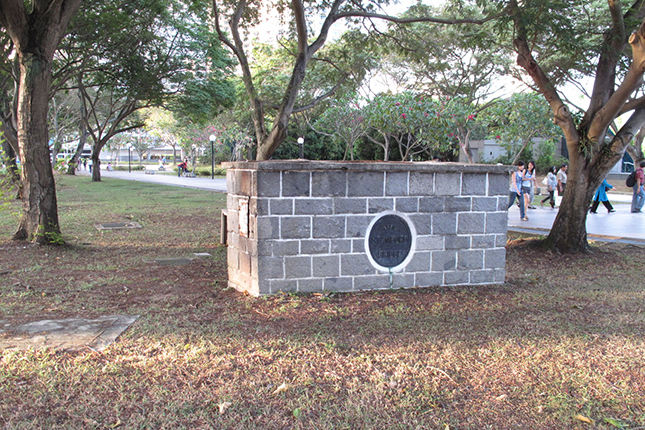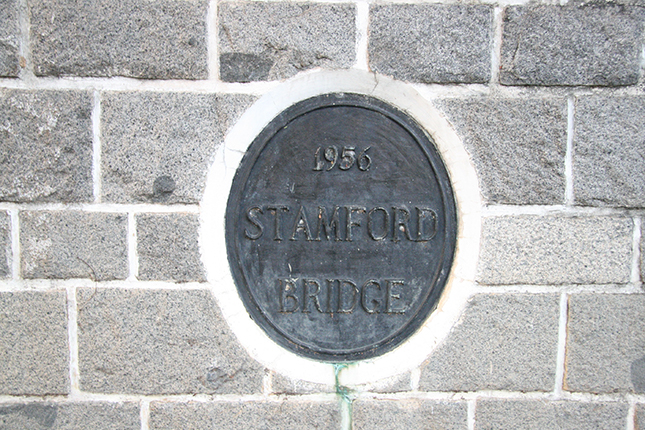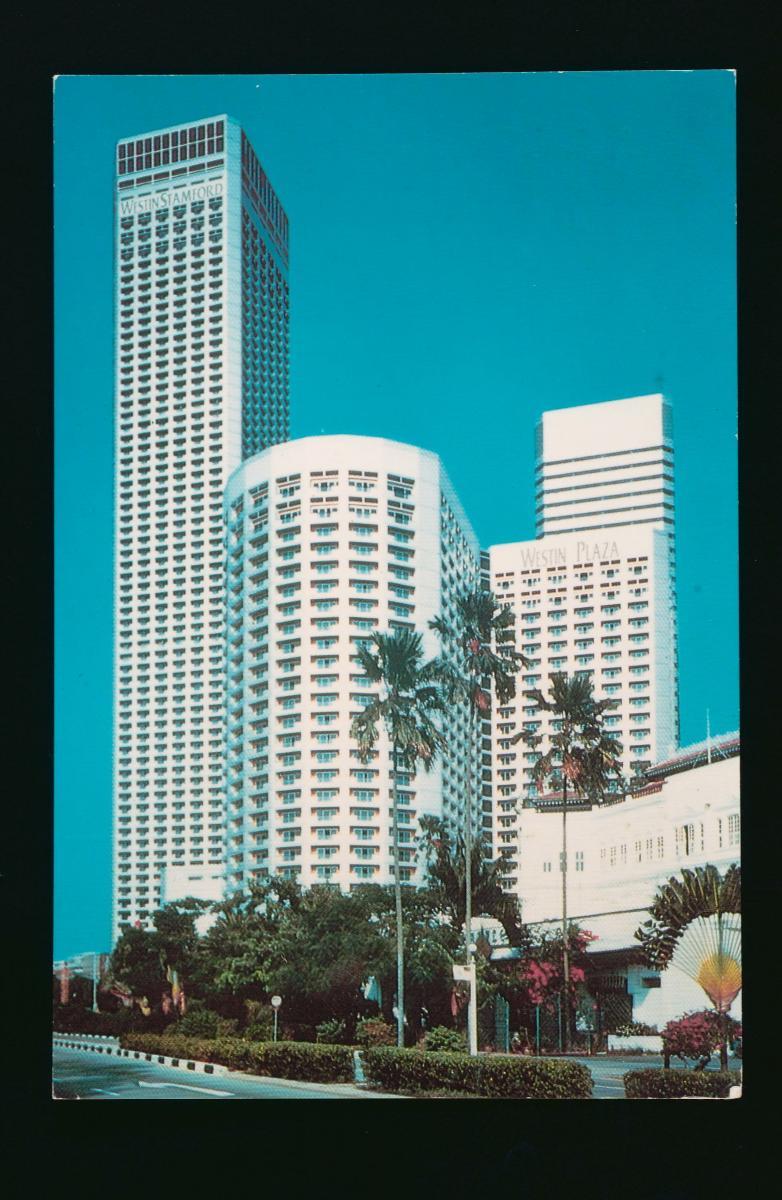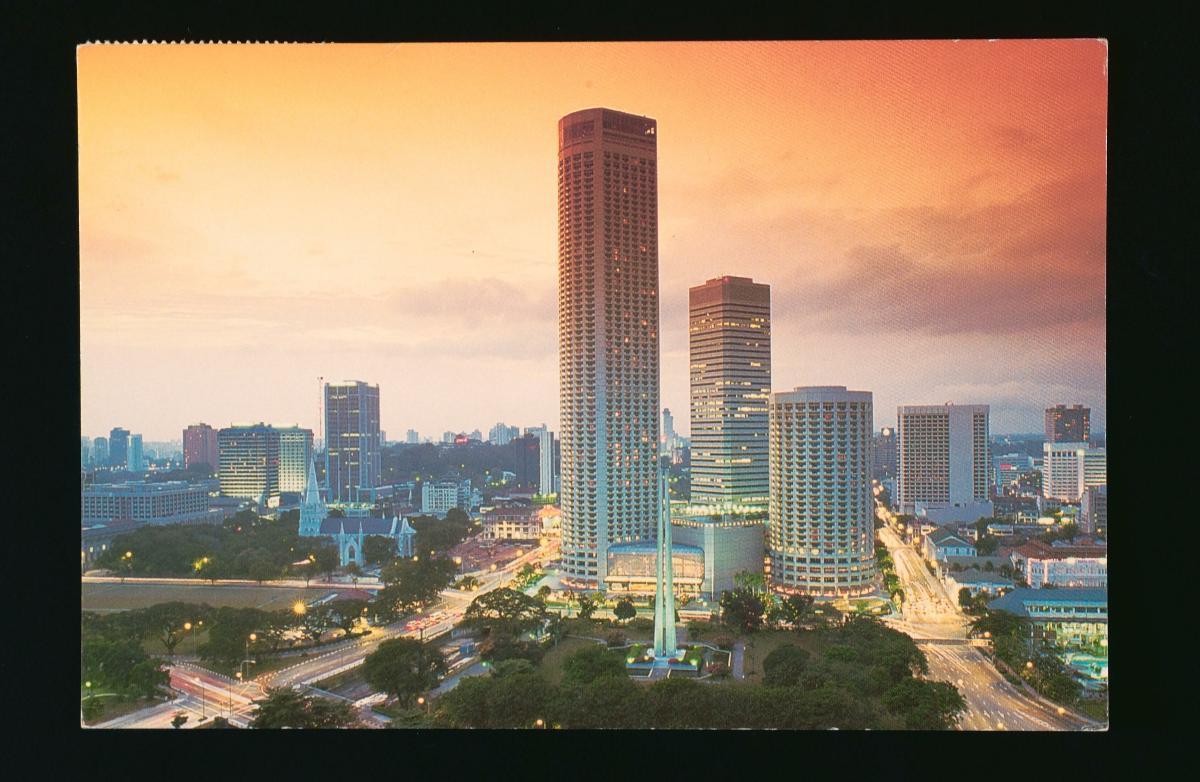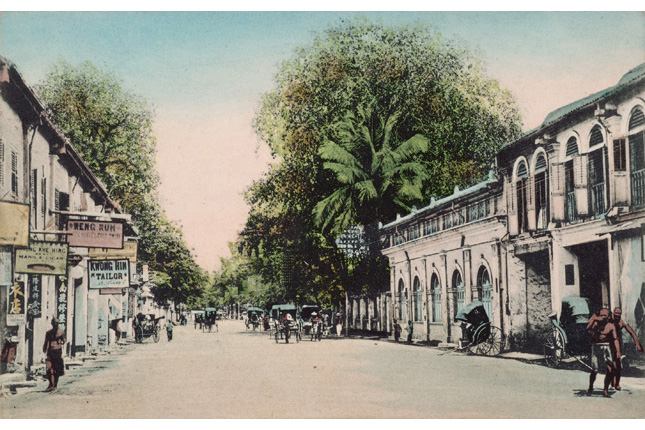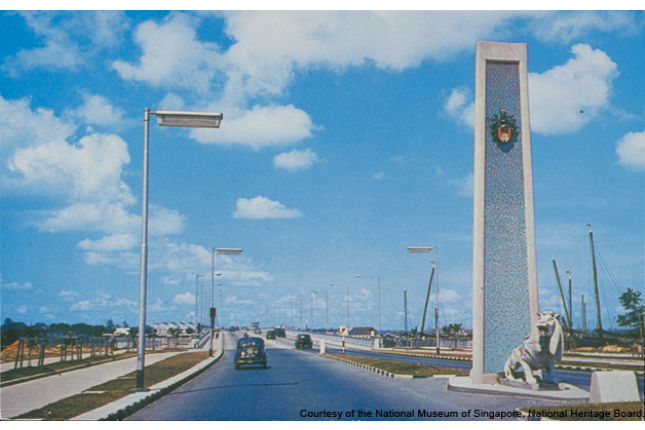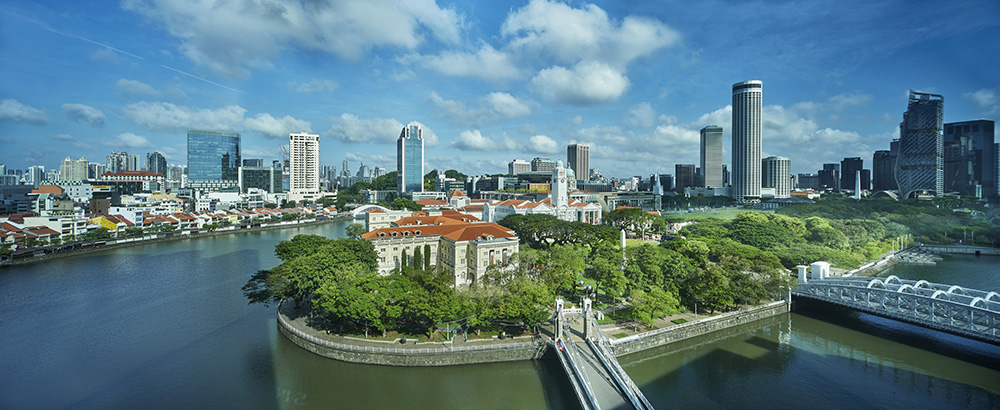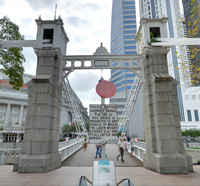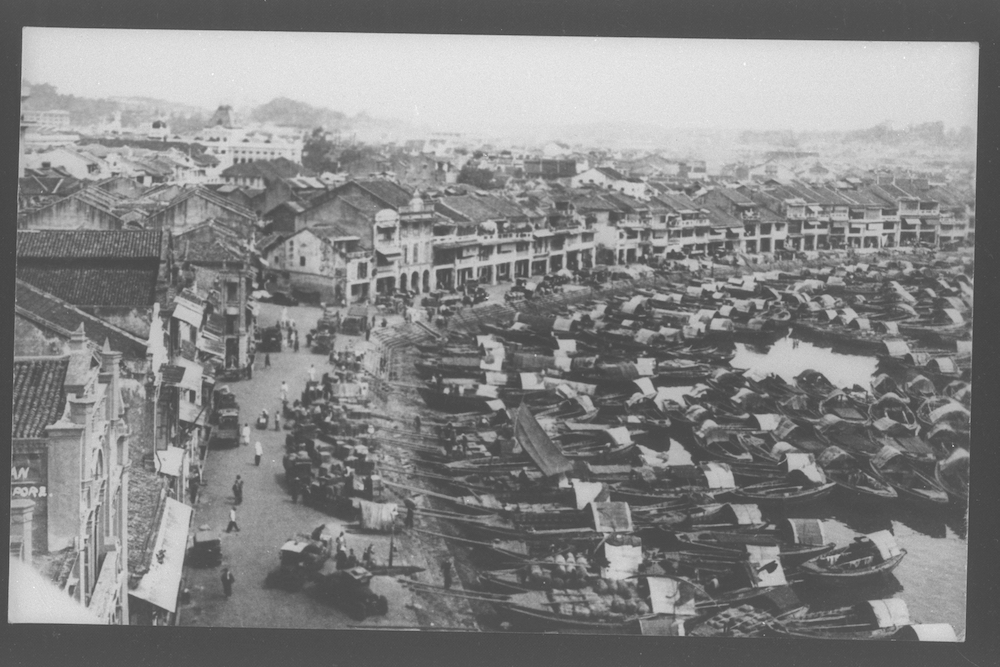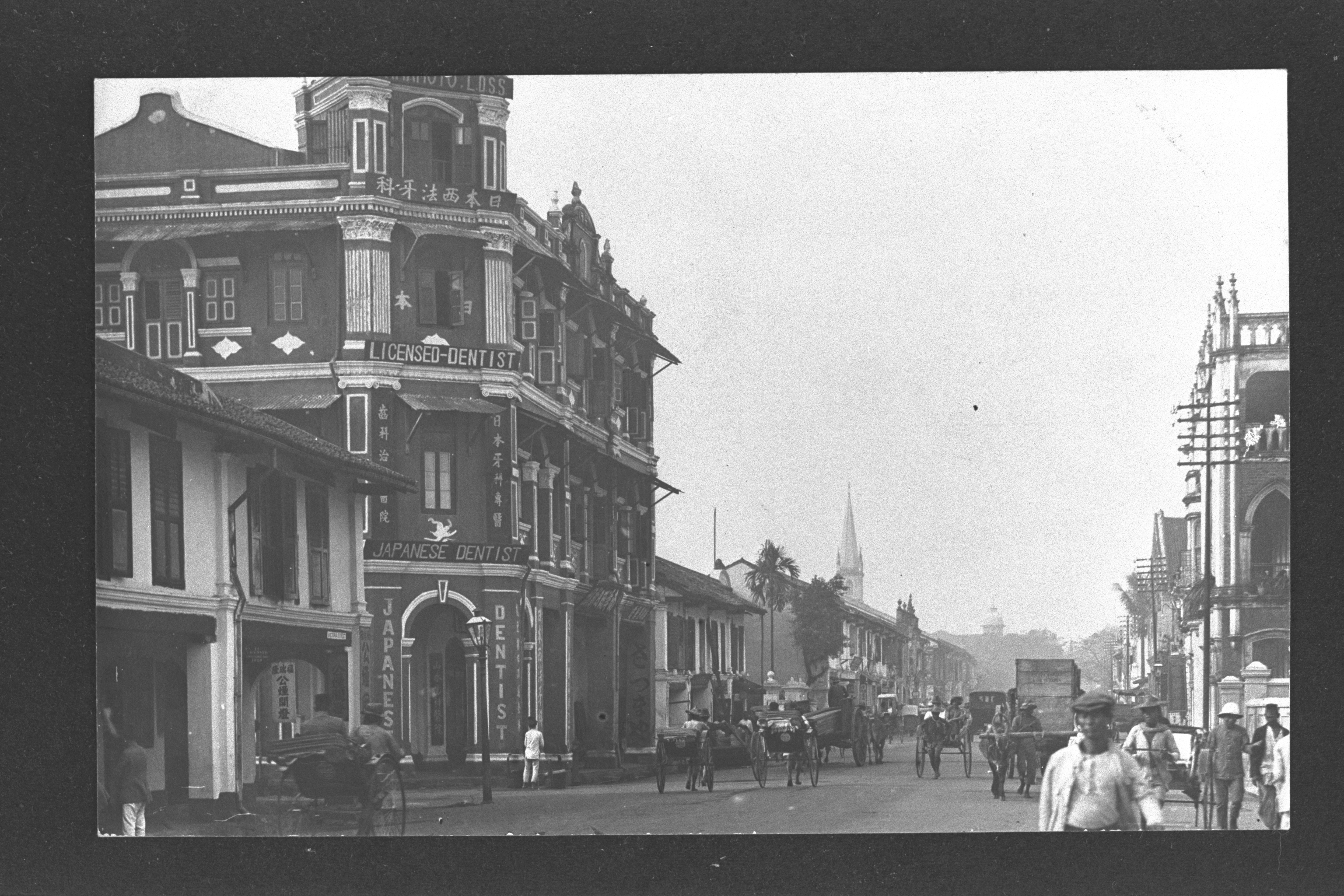Lying parallel to Stamford Road in the heart of Singapore’s central business district lies a covered culvert—the Stamford Canal.
Over the years, this stretch of water has been greatly modified. Historical town plans from the 1800s reveal that it was originally a freshwater rivulet, which was later canalised. During high tide, water from the canal would overflow its banks and inundate Stamford Road; the latter was thus known as “lau chui khe”, meaning “flowing water road” in Hokkien.
Crossing the canal proved to be a challenge—one that was solved in ingenious ways by the Scouts at Raffles Institution; Raffles Institute was located across Stamford Canal then (where Raffles City stands currently). Fashioning a rudimentary bridge out of ropes and sticks, the students at the time scampered across Stamford Canal with ease.
In 1956, Stamford Bridge had the distinction of being the first permanent bridge constructed over Stamford Canal. It was only the first of many, soon followed by other bridges, including Polglase Bridge and Malcolm Bridge.
Stamford Canal was eventually covered—converting the waterway into a walkway, and all the bridges were demolished.
Today, what remains of Stamford Bridge are two structures that used to mark its piers. Both resemble small walls of chiselled stone, reaching up to about a metre high.
Interestingly, both structures are embellished, each with a single metal plate. The plates are oval in shape, one plate is engraved simply with the words: “1956 Stamford Bridge”.
On the other metal plate, a faint outline depicts a historic symbol—the Municipal Coat of Arms that was issued to Singapore by royal warrant. It depicts Singapore pictorially through a combination of richly symbolic imagery.
It is believed that these two structures are the only remnants left of the bridges that used to span across the Stamford Canal.
Buildings and sites featured on Roots.SG are part of our efforts to raise awareness of our heritage; a listing on Roots.SG does not imply any form of preservation or conservation status, unless it is mentioned in the article. The information in this article is valid as of October 2019 and is not intended to be an exhaustive history of the site/building.




